The spirit guy finally realized the freedom of solid-state drive. When it was powered on, it was full of fire and smoke. Why? The so-called one pass operation is as fierce as a tiger, and the power supply and hard disk are all taken away. Solid state drives should not be bought indiscriminately with their eyes closed. They should not only know what interface their motherboard uses, but also have certain hardware knowledge and reliable hands-on ability during installation.
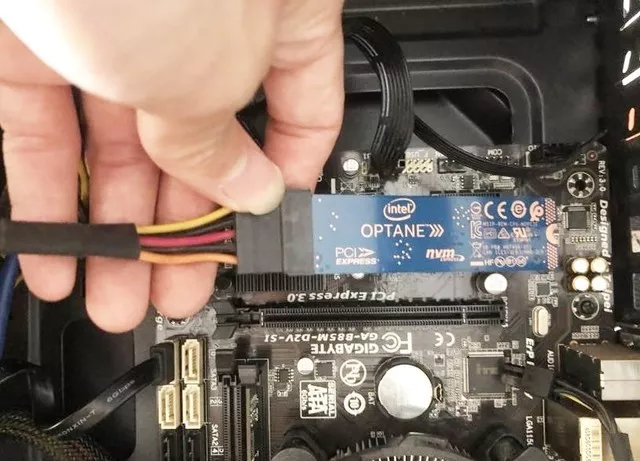

Don't believe that great efforts will work miracles, otherwise the equipment will not be recognized at first, and the interface will disappear at last.
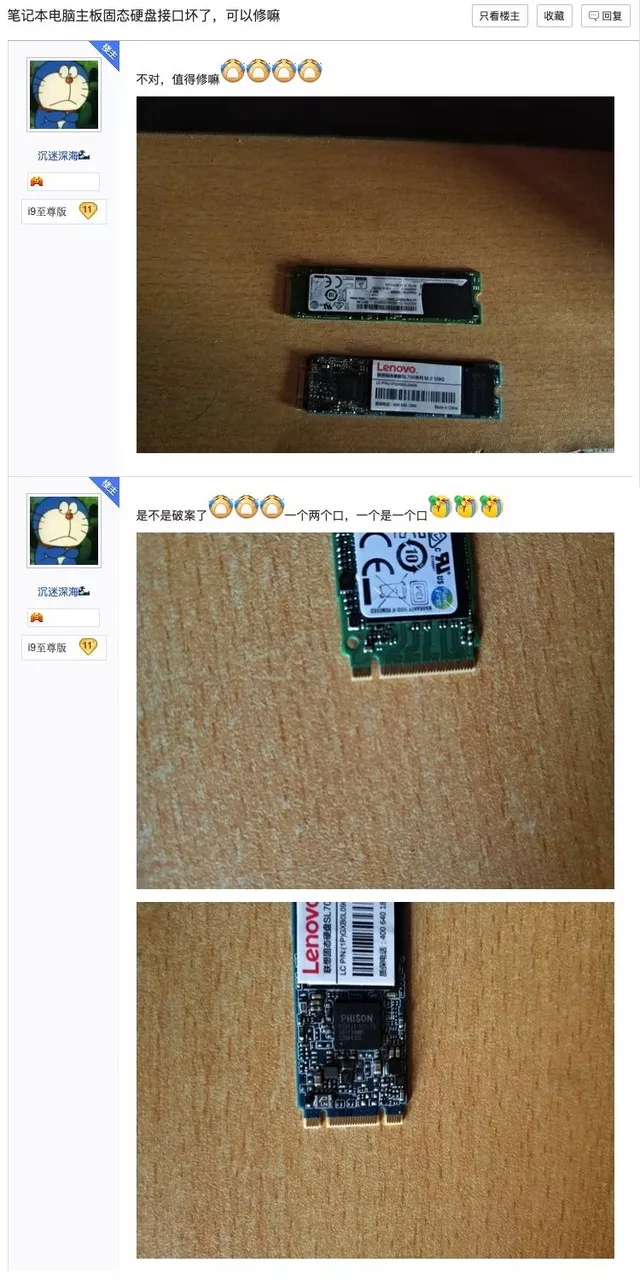
SATA and m.2 interfaces are the most commonly used solid-state disk interfaces at present. They are not only different in appearance, but also five or six times faster in speed. This is because the interface bandwidth is also an important factor restricting the performance of solid-state disk. In addition to SATA and m.2, looking back 20 years, the interface form of solid-state disk is far more "colorful" than you think. Let's have a chronicle review below.
IDE (PATA) interface
The mainstream view is that SATA is the earliest interface type of SSD, but in fact, the practical SSD can be traced back to the era of IDE. IDE interface, also known as ATA interface, is also called PATA (parallel ATA) because it uses 16 bit parallel transmission mode. The interface adopts 40 pin structure, but the maximum transmission speed is only 133mb / s, but it is still used until the era of Pentium 4.
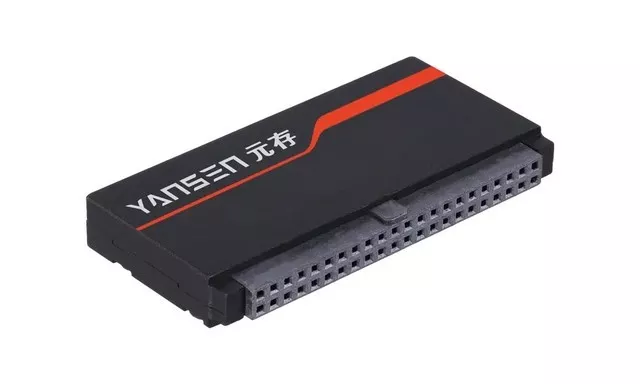
This also means that the speed of solid-state disk in this period is not much faster than that of mechanical disk, and it is very rare. The high cost and low capacity are basically used in industrial control equipment with high stability requirements. In order to distinguish it from mechanical hard disk, it is generally called electronic disk in the industry. The interface form is a large plug with 40 pin holes and has a fool proof design, which can be directly inserted into the motherboard.
In addition, the IDE interface has two younger brothers, CF and ZIF.
CF (compact flash) interface
For photography enthusiasts, CF cards must be familiar. For example, Canon SLR cameras were still in use until the 5D2 and 50D periods, but they were mostly used in the field of industrial control. CF card also follows ATA standard, but the interface is 50 pin.
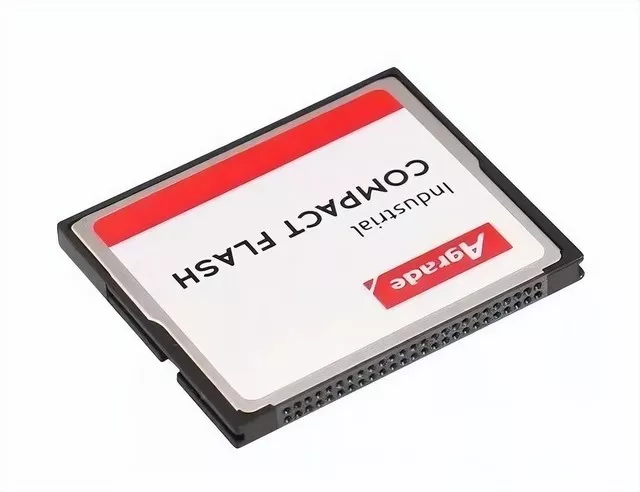
Most users think that CF card and SD card belong to memory card, but the interface types are different. However, the CF card is composed of controller and flash memory chip. It is a standard solid-state hard disk.
ZIF (zero insertion force) interface
The interface is released by Toshiba and applied to 1.8-inch micro hard disk. It is also used in industrial control equipment. Some digital products are also equipped, such as AppleiPod Classic series music player, Sony has launched ultra-thin notebook computer equipped with ZIF solid state drive.

Compared with the so-called pin free interface, the so-called pin free interface is actually smaller than the so-called pin free interface. In fact, compared with the common pin free interface, the pin free interface conforms to the specification.
SATA interface
Due to the serious backwardness of IDE interface performance, the mainboard in the middle and later stage of Pentium 4 began to be equipped with SATA interface with higher bandwidth. SATA interface is named for its serial data transmission. The latest SATA 3 transmission bandwidth reaches 6gbps. Compared with the IDE interface, the appearance is very mini, and the internal "L" type fool proof design eliminates the possibility of reverse insertion.
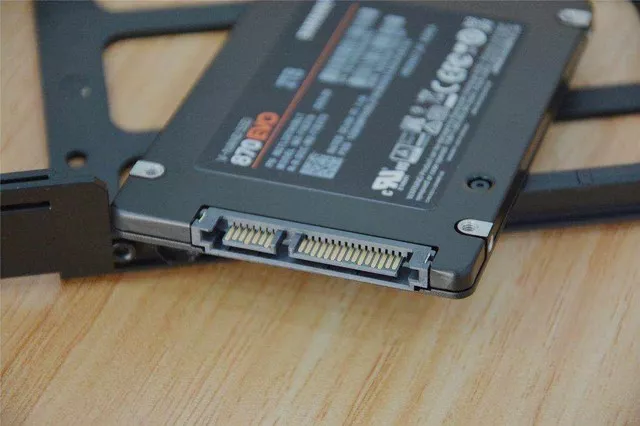
The interface bandwidth of sata3 is basically sufficient for mechanical hard disk, which has long become a bottleneck for solid-state disk, but its wide applicability and good compatibility make SATA solid-state disk the lowest cost upgrade scheme for old computers.
In addition, the SATA interface also has two younger brothers, LIF and msata.
LIF (low insertion force) interface
LIF interface is widely regarded as Apple's early MacBook The special hard disk interface of the air laptop, but Toshiba later released the 1.8-inch mechanical hard disk with LIF interface. As for the purpose, it is basically in the field of industrial control and several ultra-thin laptops, which are as rare as ZIF interface solid-state drives.
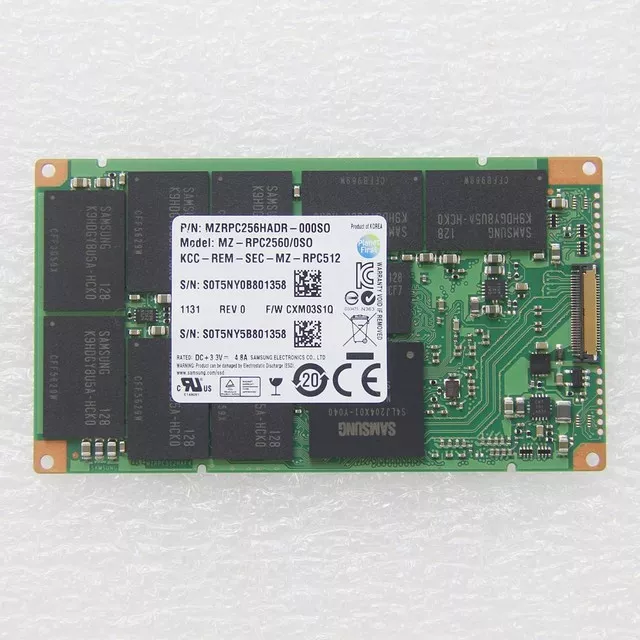
Compared with the standard SATA interface, LIF is closer to ZIF in shape. The so-called low plugging force also uses FPC cable link, but the fixing method of interface and cable is different, but remember that it conforms to SATA specification.
Msata interface
Msata interface is the mini version of standard SATA, but the solid-state disk using this interface is also smaller. It is widely used in industrial computers, all-in-one teaching machines and some notebook computers. From the appearance, msata adopts the mini PCI-E interface form, but the speed is exactly the same as that of SATA.
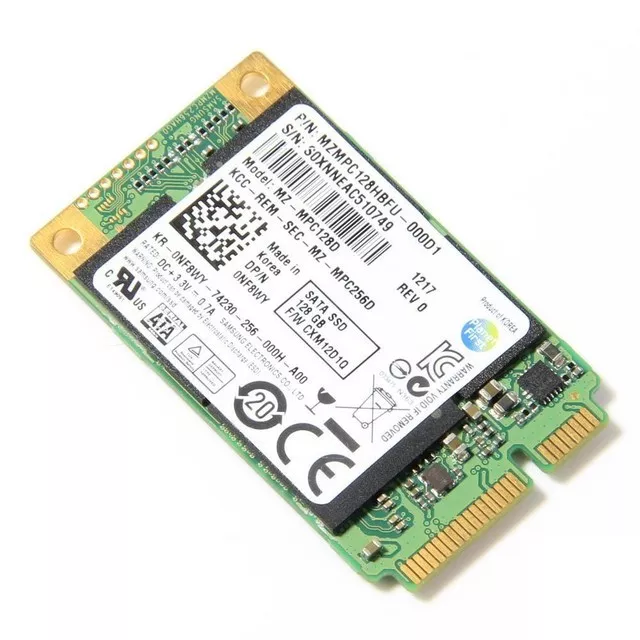
Because the msata pin is compatible with mini PCI-E, some motherboards can be compatible with both protocols. You can install msata solid state disk, wireless network card and 3G / 4G wireless network card.
AIC / PCI-E (pci-eexpress) interface
AIC interface is actually the standard pci-ci-eexpress interface. PCI Express realizes the unification of mainboard bus. According to the different bus bit width, it can be divided into x1, X2, x4, X8 and x16. For example, x16 slot is used for graphics card, X1 interface is used for independent sound card, independent network card and other devices, while solid state disk usually uses X4 interface. In addition to higher bandwidth, pci-eexpress can also communicate directly with the CPU, laying the foundation for today's host memory buffer (HMB) host memory buffer technology.
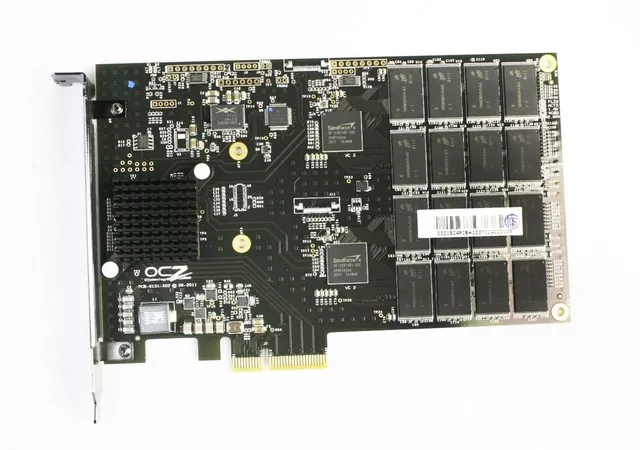
AIC interface solid-state disk was first used in the server field. It adopts the native PCI-E interface, and a larger PCB can also achieve greater capacity. TB level has appeared in enterprise products for a long time.
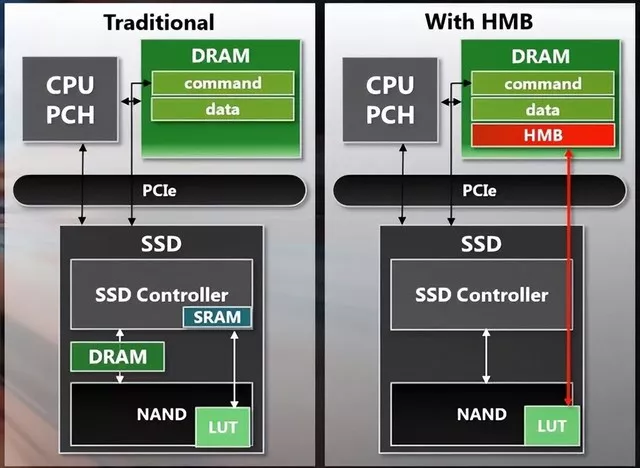
At present, the PCI Eexpress standard has developed to today's 3.0 and 4.0, and 5.0 will be popularized soon. The higher the version, the higher the transmission bandwidth of a single channel. For example, the PCI Eexpress 4.0 X4 interface can reach up to 64gbps, which is a terrible existence compared with the highest 6gbps of SATA. In addition, the naming method of PCI Eexpress has also changed. For example, PCI Eexpress 4.0 X4 is changed to PCIe gen4x4.
In addition to AIC, pci-eexpress interface has two younger brothers, m.2, m-key and U.2.
M. 2 interface
M. 2 interface is the most popular interface at present. Its predecessor is ngff (next generation form factor), which aims to replace Mini PCI-E and msata interfaces. However, the interface is slightly complex. In short, m.2 has three specifications: b-key, m-key and BM key. Viewed from the outside, it is different from the partition in the slot. B-key supports AHCI protocol, that is, SATA channel, m-key supports nvme protocol and pci-eexpress channel. BM key is theoretically compatible with both protocols, and even USB, such as the wireless network card with m.2 interface. The Wi Fi function takes the PCI Eexpress channel, while the Bluetooth and LTE functions take the USB channel.
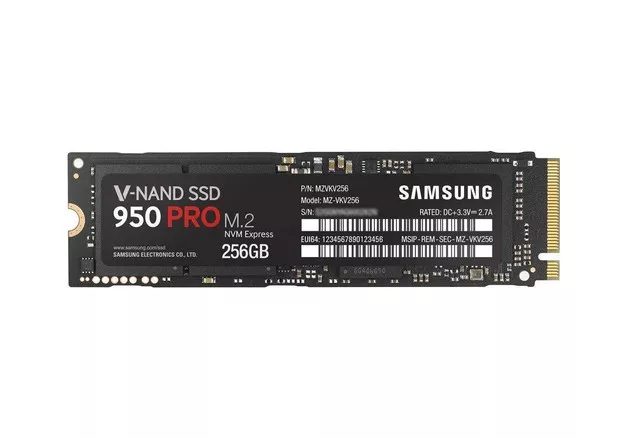
Compared with the AIC interface, the m.2 interface of the same specification is only different in appearance. The old motherboard can also be used on the m.2 nvme solid state drive through the AIC adapter card. The numbers 2230, 2242, 2260, 2280 and 22110 are actually the PCB length and width of solid-state disk. The mainstream specification in the market is 228022110, which is mostly used for high-end motherboards or servers.
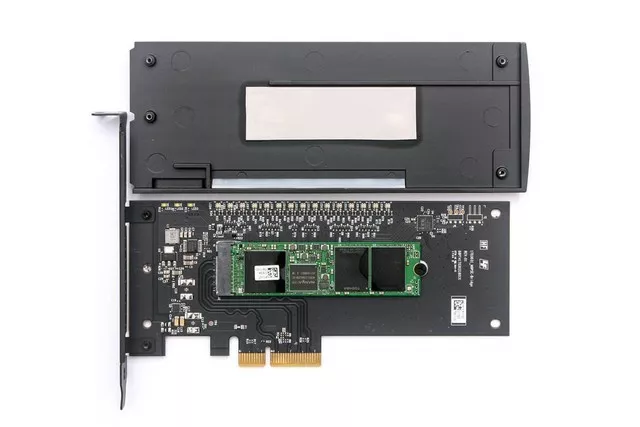
U. 2 interface
U. Solid state disk with 2 interface is rare and is basically used in server, but it can also be used on ordinary PC through adapter card or adapter line. In terms of appearance, the U.2 interface is very similar to SATA, and the size of the hard disk is usually 2.5 inches, but there is a bulge in the middle of the golden finger and some additional contacts, and it also takes the PCI-E channel. In theory, it is only different from the m.2 and standard pci-eexpress interfaces in appearance.
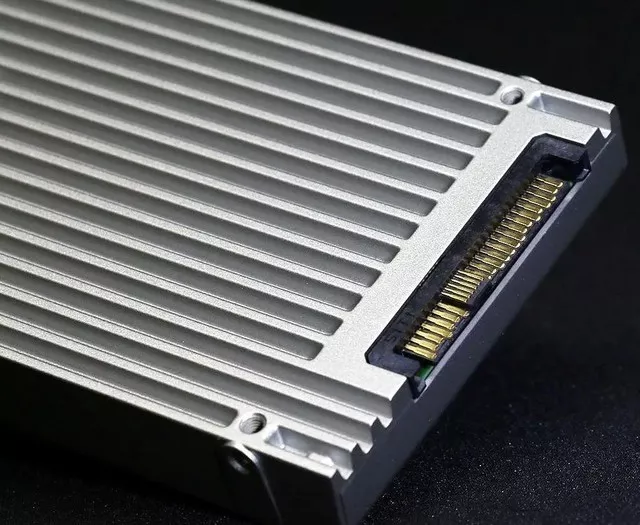
In the twinkling of an eye in the past two decades, the solid-state disk interface has finally completed the formal unification in SATA and m.2. With AMD's release of the latest Raptor processor, a large wave of PCIe 5.0 solid state drives is coming, and the speed will double that of the mainstream PCIe 4.0. Of course, whether PCIe 3.0 or 4.0, or the upcoming 5.0, m.2 interface will still be the main interface carrying them for a long time in the future, and SATA will disappear in the long river of history one day.